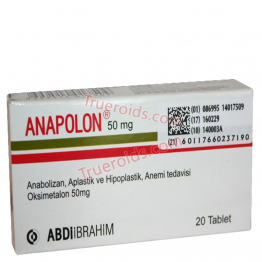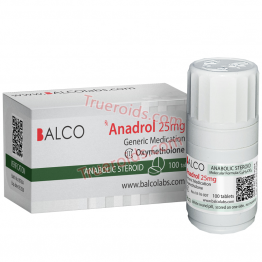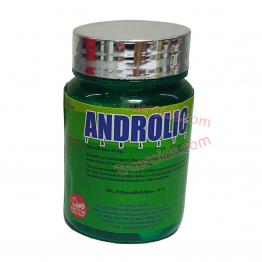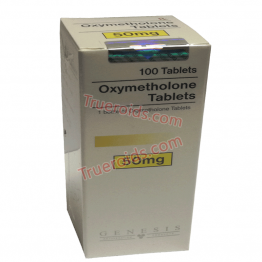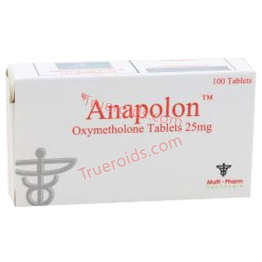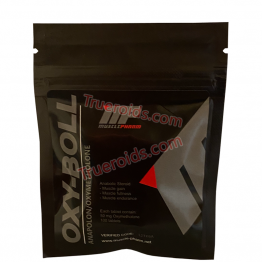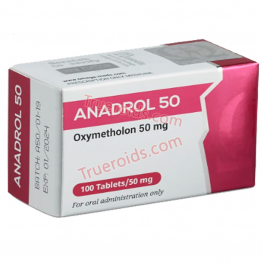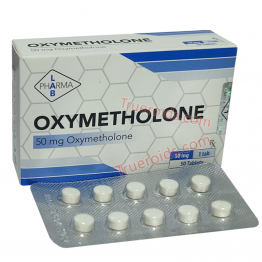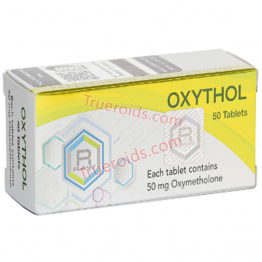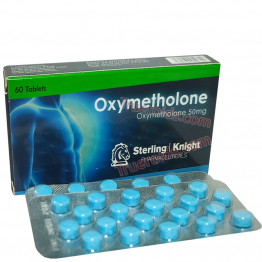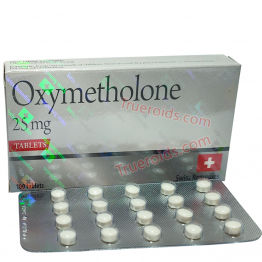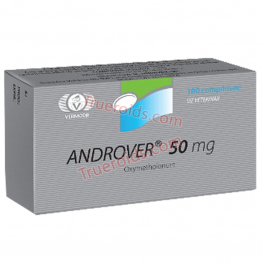Oxymetholone
Oxymetholone, marketed under brands like Anadrol and Anapolon, serves as an androgen and anabolic steroid (AAS) medication primarily designated for specific medical applications. Here's a closer look at its pivotal aspects:
Medical Applications:
Anemia Treatment: Oxymetholone aids in treating anemia by bolstering the formation of red blood cells.
Osteoporosis Management: It mitigates bone pain in individuals grappling with osteoporosis.
HIV/AIDS Wasting Syndrome: Oxymetholone facilitates weight gain and muscle growth among patients afflicted with HIV/AIDS wasting syndrome.
Side Effects:
Common side effects encompass heightened sexual desire and symptoms of masculinization like acne, increased hair growth, and voice alterations. Additionally, liver damage is a potential concern.
Pharmacological Profile:
Oxymetholone functions as an agonist of the androgen receptor (AR), akin to testosterone and dihydrotestosterone (DHT). It exerts robust anabolic effects coupled with weak androgenic impacts.
Historical Background:
Introduction: Initially prescribed in 1959, Oxymetholone was discontinued in 1961 due to its elevated lipid toxicity.
Current Usage: Predominantly utilized in the United States.
Non-Medical Utilization: Apart from medical contexts, it finds application in enhancing physique and performance.
Cautionary Note:
Oxymetholone is classified as a controlled substance across many countries, with non-medical utilization generally deemed illicit. It's paramount to seek guidance from a healthcare professional for personalized advice regarding its usage.
AbdIibrahim ANAPOLON 20tab 50mg/tab
Manufacturer: AbdIibrahimIntroduction to Anadrol (..
Balcolabs ANADROL 100tab 25mg/tab
Manufacturer: BalcolabsUnveil the unparalleled pow..
British Dispensary Androlic 50mg 100 tablets 50mg/tab
British Dispensary Androlic 50mg 100 tablets 50mg/..
Genesis OXYMETHOLONE TABLETS 100tab 50mg/tab
Anadrol, or oxymetholone, presents itself as a syn..
Magnus Pharmaceuticals Oxymetholone 50tab 50mg/tab
Magnus Pharmaceuticals Oxymetholone 50tab 50mg/tab..
MultiPharm Healthcare ANAPOLON 100tab 25mg/tab
Manufacturer: MultiPharm HealthcareOxymetholone – ..
Muscle Pharm OXY-BOLL 100tab 50mg/tab
Manufacturer: Muscle PharmOxymetholone (OXY-BOLL):..
Omega Meds ANADROL 50 100tab 50mg/tab
Manufacturer: Omega MedsOmega Meds Anadrol, also k..
PharmaLab Oxymetholone 50tab 50mg/tab
Anadrol stands as the epitome of strength and pote..
Raw Pharma OXYTHOL 50tab 50mg/tab
Manufacturer: Raw PharmaOxymetholone stands out as..
Sterling Knight Oxymetholone 60tab 50mg/tab
Manufacturer: Sterling KnightSterling Knight Oxyme..
Swiss Remedies Oxymetholone 100tab 10mg/tab
Swiss Remedies Oxymetholone 100tab 10mg/tabOxymeth..
Vermodje ANDROVER 100tab 50mg/tab
Manufacturer: VermodjePotent Formula:Each tablet i..

